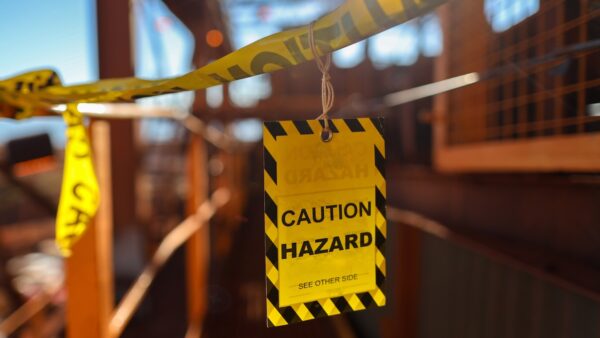
The new Building Safety Alliance is developing certification and register for building safety managers’ responsibilities.
The new role of building safety manager – which is being introduced through the Building Safety Bill – is likely to open up new work opportunities for members of the Association for Project Safety (APS).
That’s the view of Mark Snelling, a member of the PAS 8673 steering committee which is defining building safety manager competence requirements.
He said: “It is apparent to me that the role is something that APS members would be able to move into with some additional skills, knowledge and experience.
“It is a role that is far easier to move into from a construction risk management background than it is from perhaps any other sector,” Snelling added.

“One of our key recommendations was the need for a register that would allow residents and accountable persons to check if the building safety manager for their building meets the minimum competence requirements.”
Snelling, chair of the APS Regulation and Policy Committee, is also a director of the newly formed Building Safety Alliance (BSA), which will establish a register for building safety managers after the government announced that this role was “best taken forward by industry”.
The BSA, which includes the APS among its members, emerged from one of the sub-groups within the Competence Steering Group, Working Group 8 (WG8), set up to develop the competence framework for building safety managers.
The not-for-profit organisation will initially deliver two functions:
- A certification scheme for individual building safety managers or nominated individuals within the organisation responsible for building safety management; and
- A publicly accessible register of those certified by the scheme.
In the longer term, the alliance will also evaluate how organisations that wish to deliver the function of the building safety manager can be assessed as having the organisational capability to do so and how to assist contractors and suppliers to higher-risk buildings to deliver a competent workforce.
Anthony Taylor, chair of WG8 and also chair of the Building Safety Alliance, said: “When we were initially asked to develop the competence requirements for the new statutory role of building safety manager, we recognised that, for the framework to work, we also needed to set up wider structures that would support the development of, and drive for, a recognised and uniform standard of competence.
“One of our key recommendations was the need for a register that would allow residents and accountable persons to check if the building safety manager for their building meets the minimum competence requirements. Government is looking at industry to deliver this, so we stepped forward with our wide consortium from across both the private and public sectors.”
The Building Safety Bill, which was published in the summer, confirmed the new statutory role of the building safety manager, a concept first developed by Dame Judith Hackitt in her independent review of building regulations and fire safety following the Grenfell Tower disaster.
The Bill proposes that a competent building safety manager, which can be either an individual or an organisation, must be appointed for all occupied buildings that are at least 18m in height or have at least seven storeys and two residential units.
The building safety manager will support the accountable person in managing the fire and structural safety risks in the building on a daily basis.











